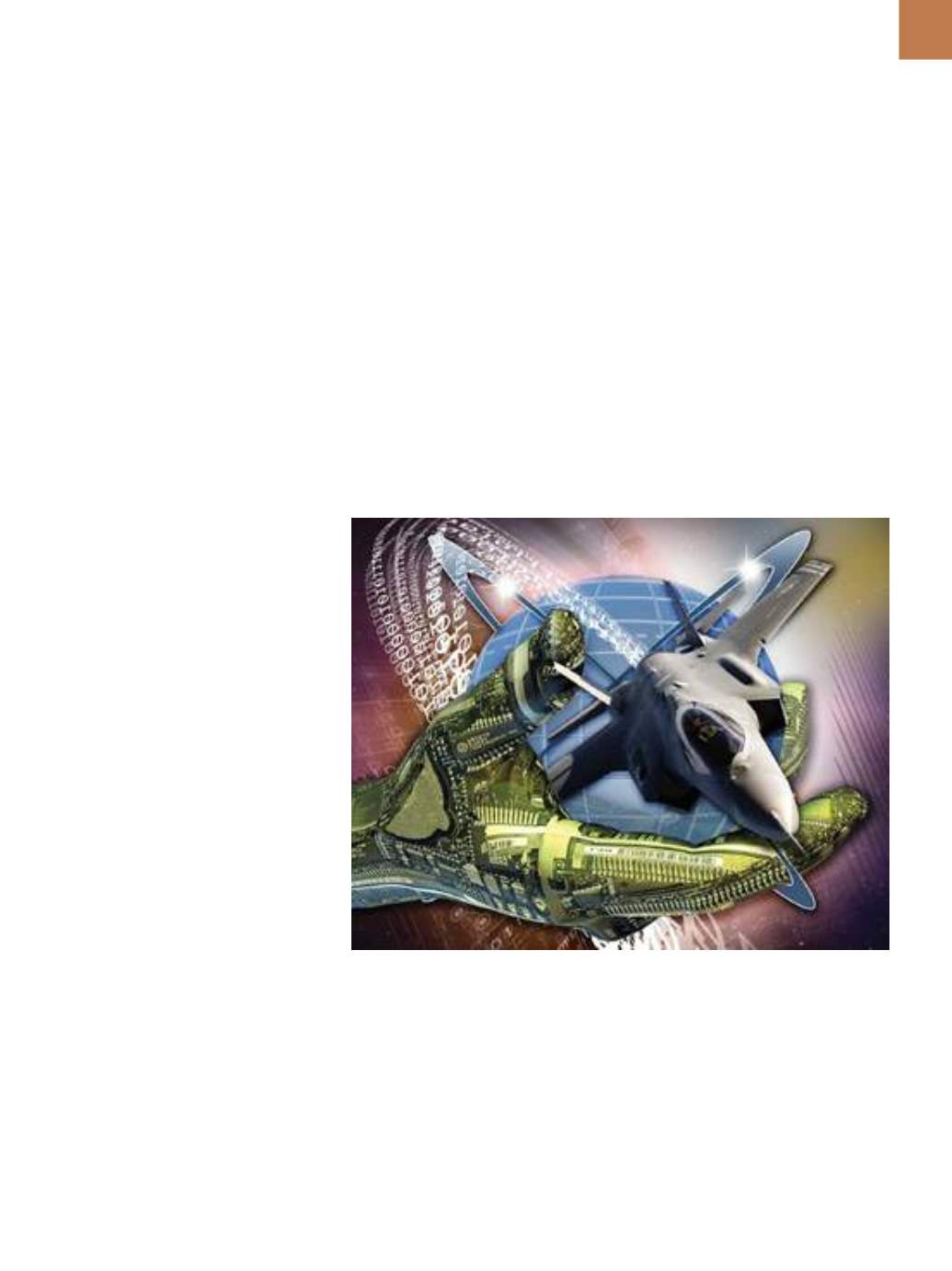

A D V A N C E D
M A T E R I A L S
&
P R O C E S S E S |
M A Y
2 0 1 6
3 1
T
he Air Force Office of Scientific
Research (AFOSR), Arlington, Va.,
is dedicated to discovery and
development of the basic science that
shapes the U.S. Air Force. Specifically,
opportunities for significant scien-
tific advancements and breakthrough
research being conducted internation-
ally are identified through the AFOSR
[1]
.
Founded in 1951, the organization has
successfully developed many critical
science technologies that continue to
impact research today. It awards hun-
dreds of industry-based contracts and
a number of research projects within
its parent unit, the Air Force Research
Laboratory.
AFOSR typically awards more than
1600 grants per year totaling approxi-
mately $330-$470 million to leading aca-
demic institutions. These grants usually
range from $200-$400K per year and
typically last from one to five years. Over
90% of these resources are spent within
the U.S.
[2]
. While obtaining a research
grant might seem straightforward, many
find navigating the red tape associated
with new awards difficult. This article
attempts to facilitate the grant applica-
tion process by explaining funding con-
siderations and providing application
advice. In particular, proposals must tar-
get research that meets a scientific need
of the US Air Force.
UNDERSTANDING THE AIR
FORCE OFFICE OF SCIENTIFIC
RESEARCH GRANT PROCESS
This article facilitates the research grant application process by explaining
funding considerations and providing application advice. In particular,
proposals must target research that meets a scientific U.S. Air Force need.
Jaimie Tiley,* FASM, and Thomas Rice
Wright Patterson Air Force Base, Dayton, Ohio
*Member of ASM International
The AFOSR strives to develop and
transition groundbreaking technol-
ogy to improve operational warfighting
capabilities. Research portfolios focus
on critical basic science issues related to
current and planned technology needs.
Needs are often identified by senior
Department of Defense (DoD) personnel
and specified in strategic planning doc-
uments. For example, Defense Deputy
Secretary Robert Work recently required
that the U.S. build a strong deterrent
posture, including an increased focus
on learning machines, human-machine
collaborations, assisted human opera-
tions, human-machine combat teaming,
and autonomous weapons
[3]
. Additional
needs were recently published in the
AF Future Operating Concept,
a 2015
document that referenced the need
to integrate manned and uninhabited
systems in air, space, and cyberspace.


















